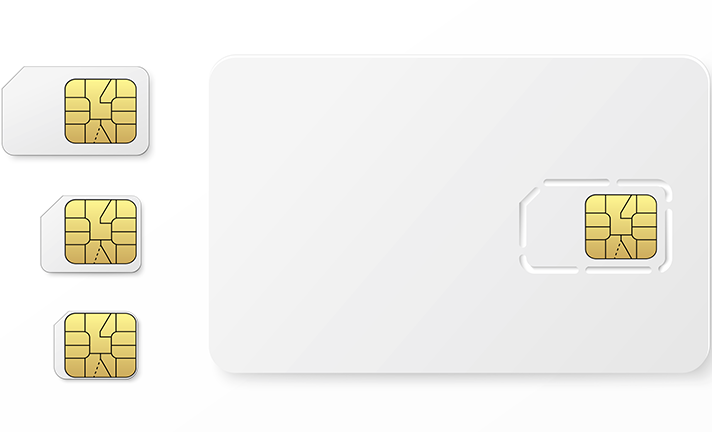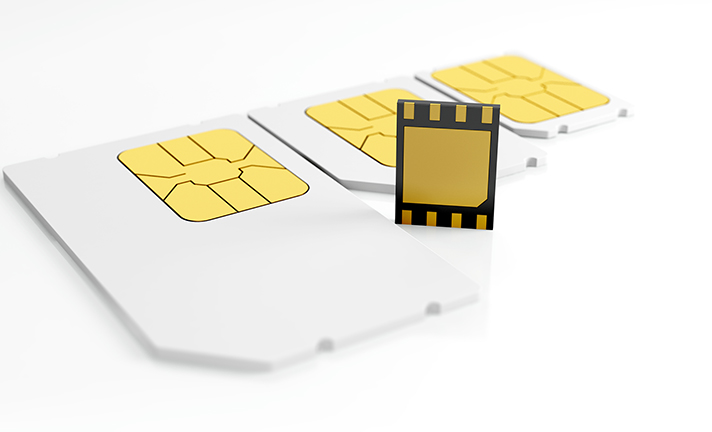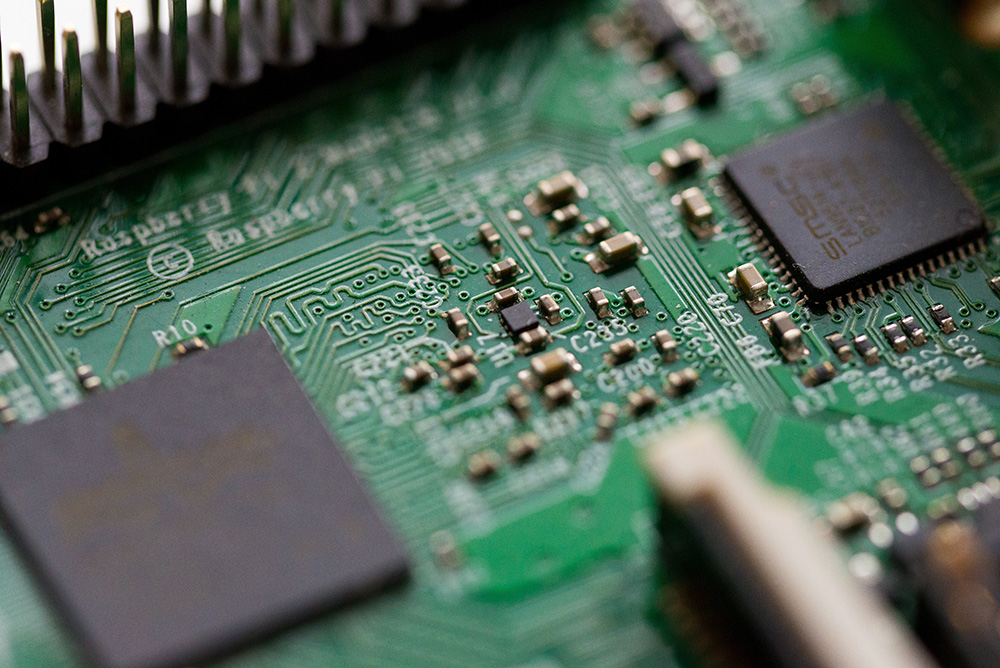SIM v eSIM v iSIM
The SIM has always been the most overlooked part of mobile. It is just the necessary consequence for that shiny new handset, on a fantastic tariff. That has historically been the case for IoT devices on mobile too, but with an unpleasant twist.
In this article we will look at why you should think about the SIM as a part of any IoT deployment. We will also look at the revolution underway in the world of SIMs, what that means for you and what it could mean for your IoT solution.
Why is the SIM important?
The best way to look at what a SIM does is to consider it in the same way as you think about your username and password for your email. The SIM is a secure container for the unique credentials that identify you to a mobile network.
When you fire up your phone the credentials stored on the SIM are used to prove who you are and so let you use the service – the same as the credentials held on your laptop or phone that get you into your email. You can find out more about this and other information held on the SIM in another of our knowledge base articles explaining the ICCID, IMSI and SIM serial number.
That basic requirement – to verify your identity to the mobile network remains. However, the container, the SIM itself is changing radically, and bringing greater freedom and opportunities. Let’s now look at that revolution in more detail.
The Physical SIM

We have all become familiar with the SIM card, as it was originally known. A plastic card historically the same size as a credit card – and that is an important clue to its function. In the same way as a credit card has a small copper area, the SIM card has the same. In both that is the physical secure storage for the key credentials you need to authorise a payment, or your access to your mobile network.
Originally the SIM card was inserted into a credit card sized holder on the mobile phone, but that was when phones were either luggables, or handhelds. As phone sizes reduced, so the size of the SIM card reduced, increasingly focused on just the copper area, the secure container – the SIM.
Irrespective of size, one fact remained, that to change network you needed to change the SIM. The mobile network provider controlled the physical SIM, the credentials it contained, and the capabilities the user had. The mobile network operators have the ability to change what the SIM contains using Over The Air (OTA) updates using their own network. Some third parties are allowed to do this by the mobile network operator, but only using their capabilities. Understandable due to the security issues for their networks and users – such as SIM or phone cloning.
This meant that changing operators has meant also changing SIMs. Fine for that new phone you are picking up, but for IoT deployments this was a major issue. To take advantage of a better tariff at the end of the contract it meant going to site to change the SIM. A trip that could easily wipe out the saving from the tariff change. SIM swaps were often therefore timed to coincide with maintenance visit meaning that the more expensive tariff remained in place for up to double the original contract length.
Then came eSIM.
What is eSIM?

What is eUICC - the critical link?
If eSIM is the hardware, then eUICC is the software than runs on that hardware. Defined by GSMA, eUICC (Embedded Universal Integrated Circuit Card) updates the original UICC specification to allow the credentials a user needs to access the mobile network to be changed remotely and securely, usually over the air (OTA).
When the eSIM is added to a device a default mobile network operator is added, known as the Bootstrap Provider. The role of the Bootstrap Provider is to provide a secure radio path into the eSIM and manage the addition and removal of further network credentials.
Once the device has left the manufacturer the device is “localised”. That means the Bootstrap Provider supports the purchaser of the device by loading their chosen local mobile network providers’ credentials.
Originally the SIM contained just one set of credentials, those of the network providing the SIM. By separating the container and its management from the credentials the container holds it means that the credentials for more than one network can be held.
With the credentials of multiple networks the device can then switch networks to achieve best coverage as conditions change – for example whilst driving around. Multi IMSI (International Mobile Subscriber Identity) SIMs as these are known, either embedded or traditional, are therefore a good way to deliver high levels of availability for critical devices or applications.
What is iSIM?

Why is this technical stuff so important for IoT?
We have already covered a major benefit from the changing world of SIMs and SIM provisioning. The ability for a device to have access to more than one network means that you can not only get some insurance against the vagaries of network coverage for your application, but you also have a back up network.
Outages are not unknown for mobile networks, usually when specific cells go down. This can either be an equipment failure or it can be a result of upgrades or maintenance. Whilst the latter two are usually scheduled out of usual hours for most people, that may not be the case for your application or device. Having the ability to invoke another network to ensure things keep working could be a real benefit – and worth considering, even if there is a small incremental charge.
Secondly, pricing for mobile data has been through seismic transformation– in real terms it now costs less per Gb than it was per Mb 20 years ago. The downward trend is likely to continue as networks get faster and faster. Being able to exploit a change in price as soon as possible with a remote device has historically been a challenge.
This is because that to change provider, to exploit a lower tariff, with physical SIMs you needed to visit each device to change the SIM over to the new provider. In most cases the savings, whilst in themselves significant, would be more than wiped out by the truck roll needed to make the change.
That meant those savings often had to wait until a maintenance visit, either for the thing being monitored or the thing doing the monitoring – the IoT device. Contract end dates needed to be managed and fit in to that as well. That meant in some instances contracts ran for far longer than they needed to, and significant airtime savings lost as well. Being able to switch provider when you need to, without a need to visit can be a big advantage and not only help with airtime costs, but also providers that don’t meet expectations
Conclusions
We have covered how the SIM has changed over the time mobile has been around, from credit card sized SIMs through SIMs soldered to boards in devices (eSIM) and finally SIMs that are simply a part of the silicon in a device (iSIM).
We have also looked at how changing provider is managed across these three different SIM types, from user swaps for a single network provider, the physical SIM card, to virtual changes of provider done over the air, without the user needing to be involved at all – eUICC.
Finally, and most importantly we have looked at the key benefits that the latest SIM technology can deliver for IoT. Technical change is of limited use without direct user benefits. Having devices that can change network to ensure they are as close to always connected as possible is a real advantage – you need to know what you need to know, when you need to know it… important when that IoT application is mission critical for your business. We also looked at being able to change provider in a far easier way, without the need to visit the device, simplifying changing a fleet of devices between mobile service provider, either for cost or service reasons.

